Pigeons have a natural affinity for hard surfaces. They like concrete, marble, and stone structures, which are abundant in cities. Pigeons are uniquely suited for city life because they have mastered the art of nesting on these hard structures, as it mimics their rocky and hard natural habitats.
Human history is intermingled with some of nature’s mightiest species, but there also exists a not-so-mighty species that rise above them all. They are underrated, but have been human companions for millennia…
…the noble pigeon!

People, especially in the cities, have very polarized opinions about them. Some love them, and feed them with bread crumbs, pulses, and even leftover food.
Others consider them a nuisance. They see them as pests and carriers of disease. They even have a popular nickname—rats with wings!
Whatever your stance may be, if you live in a big city, you have to deal with them. Despite these contrasting opinions, one thing that people will agree on is that pigeons are ubiquitous in cities, especially those located near a coast.
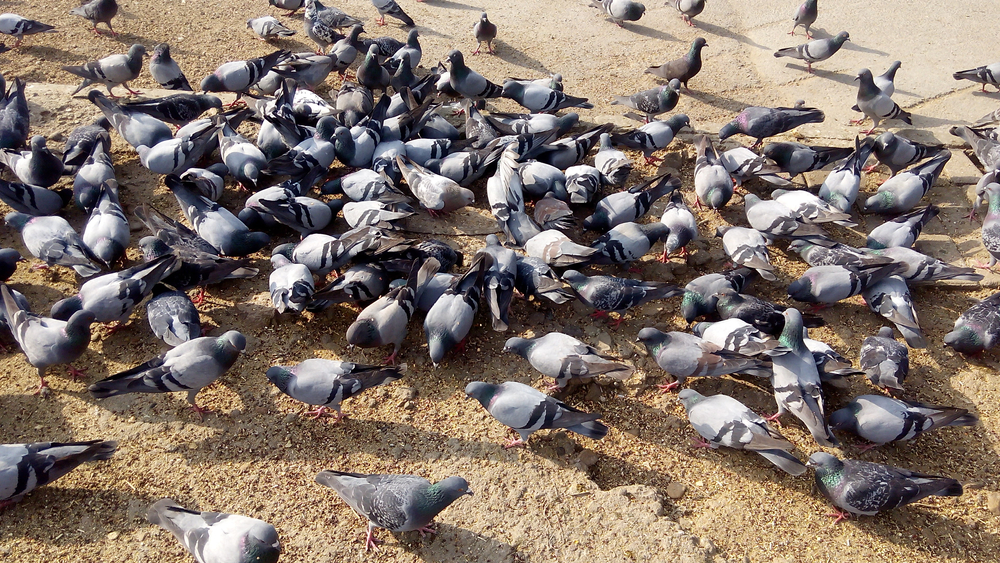
Be it New York, London, Mumbai, or Melbourne, it’s hard to miss them in big cities, but have you ever wondered why pigeons are so successful in terms of prospering cities across the globe? Why are they so much more plentiful than other birds like eagles, turkeys, or vultures?
On The Origin Of Species
If you open the book On The Origin Of Species and read the first chapter, you’ll notice that Darwin doesn’t start with animals that he famously observed in the tropics. He doesn’t start with the tortoise, nor does he start with the finches or the giant fossilized armadillos.
Instead, he starts explaining his theory with pigeons.
Darwin was intrigued by the resilience and adaptability of these flying creatures. He was amazed by the fact that pigeon lover had created a huge variety of pigeon breeds (300+) from a single species—Columbia Livia—the rock pigeon. He then used pigeons as an example to expound his own game-changing theory of natural selection.
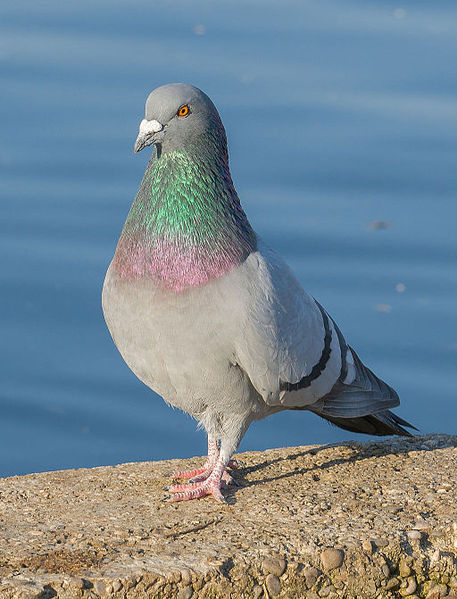
Dovecotes: Man-made Houses For Pigeons
Thousands of years before pigeons began feasting on hot dog buns and other leftovers of human food, these birds were found on seaside cliffs. However, as humans learned the art of agriculture and animal husbandry, rock pigeons were soon domesticated by humans for food and as pets. In fact, we built dedicated homes for them, called dovecotes, which are still found in some parts of Europe and Asia. It was a sign of honor to build these giant pigeon houses.
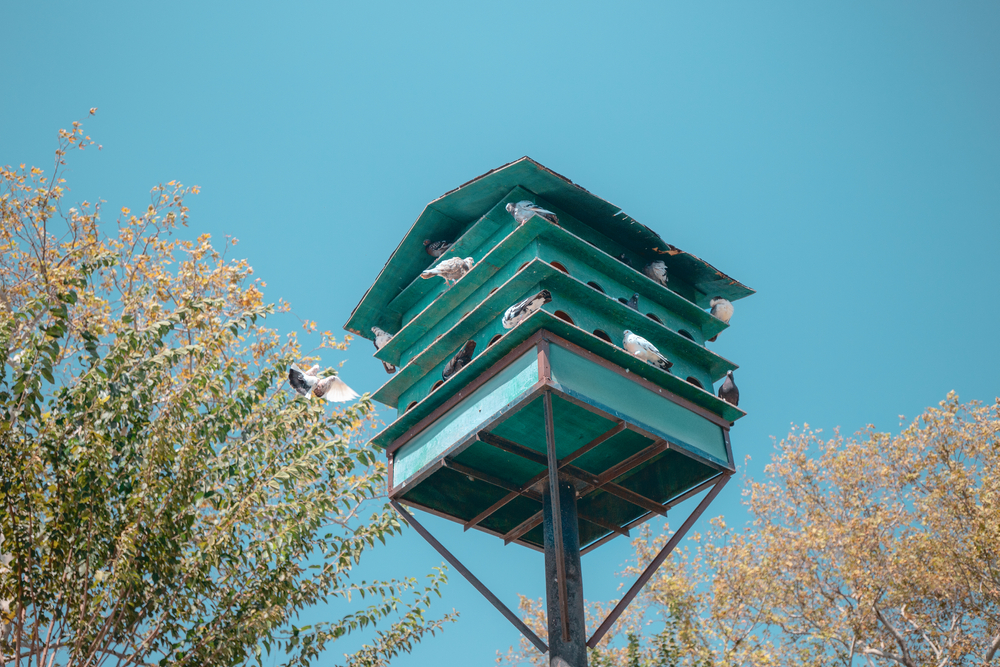
How did pigeons come to the US? Well, the Europeans brought them!
Europeans were very fond of these birds, so when they migrated to North America in the sixteenth century, they brought pigeons with them. Some of the pigeons escaped and proliferated across cities in America where the human population was growing.
Gradually, population of pigeons exploded in cities like Boston, San Francisco and New York because, believe it or not, cities are tailor-made for pigeons!
Easy Access To Food
Pigeons love cities with dense human populations, because that translates into better availability of food for them. Unlike other birds, pigeons can easily thrive on human food, including leftovers. They are often seen eating leftover rice, bagels, doughnut, buns and potato chips in American cities. Thus, the ability to consume human’s leftover food has made them very suitable for city life.
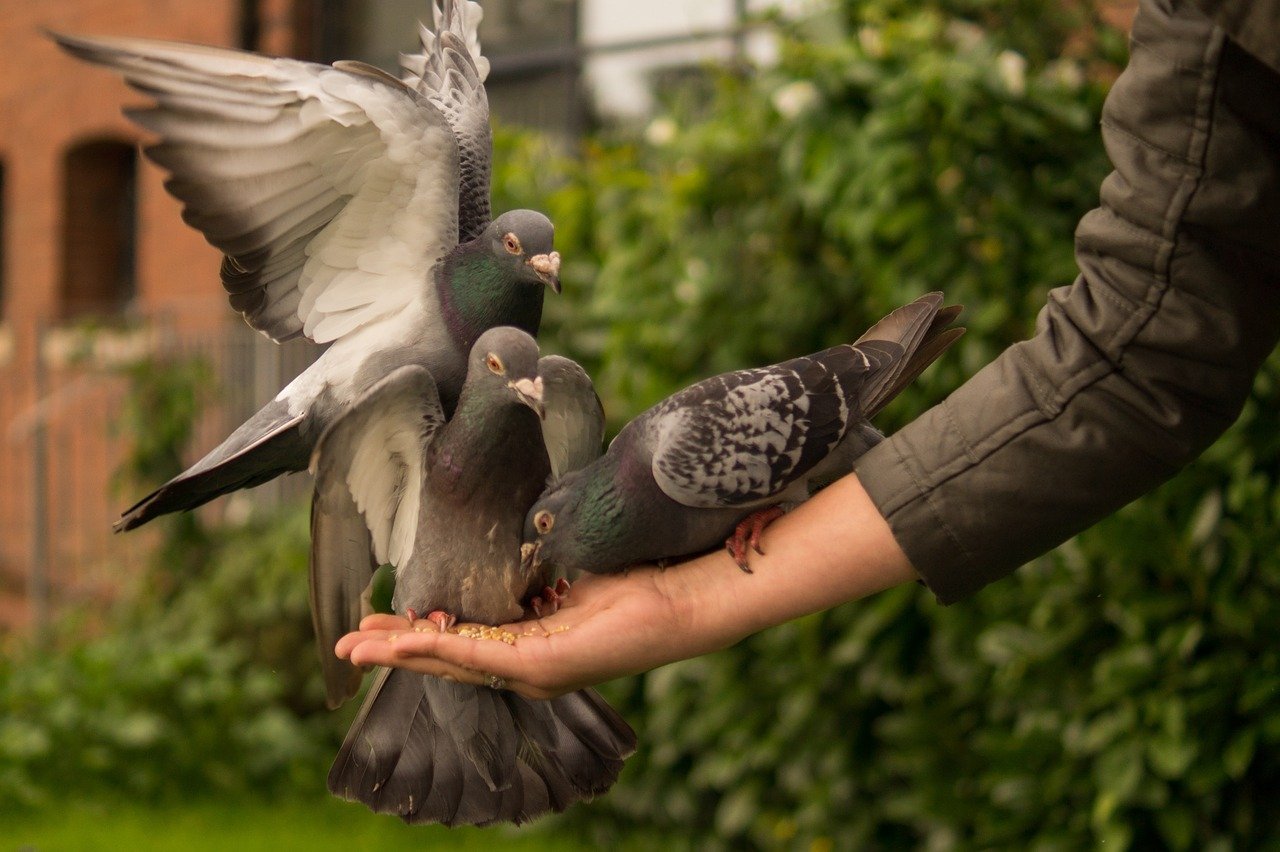
Also Read: How Did The Pigeon Post Work?
Easy Shelter
In their original habitat, rock pigeons nest on cliffs and spend their life near the sea. However, as cities and civilizations started to prosper near the sea, they moved in. For these pigeons, buildings were just like cliffs, albeit with better architecture!
Pigeons have a natural affinity for hard surfaces. They like concrete, marble and stone structures, which are abundant in cities. Pigeons are uniquely suited for city life because they have mastered the art of nesting on these hard structures, as they mimic their rocky and hard natural habitat. Cities are abundant with places that make good nesting places for pigeons, such as AC units, fire escapes, or even the ledges decoratively built on some old buildings.
More Reproduction
Easy access to food, an easy home… what else do you need? Easy breeding! Pigeons are a species that breed throughout the year. The easy availability of food and shelter means that pigeons spend a lot less time searching for food and more time mating! That’s why we see the pigeon population exploding out of control in certain cities.
Excellent Navigating Capabilities
Another reason why pigeons are highly successful in cities is that they are incredible navigators. Scientists are still working to understand the mechanism behind their navigation abilities. Some pigeons can be driven hundreds of miles away, yet still manage to navigate back to their home! These navigation skills aid pigeons in moving through the complex cityscape.
A study published in the Journal of Experimental Biology posits that this ability has something to do with infrasound, an extremely low-frequency sound wave emanating from the ocean and reverberating throughout the planet. Researchers believe that by using these low-frequency signals, pigeons can make mental maps of their surroundings, which aids their navigational repertoire.
Pigeons have big eyes with five color receptors, as compared to three in human eyes, which lets them see things we can’t even imagine. This incredible vision, amplified with their navigation abilities, makes it easy for pigeons to locate food in any neighborhood.
Dearth Of Natural Predators
Another thing that worked in favor of pigeons in cities is the dearth of apex predators, like falcons and hawks. In the case of cities in the US, pigeons didn’t have natural predators for a long time. This is partly do with the usage of insecticide DDT, which started in the US after World War 1. The use of DDT made the eggshells of raptors like falcons and hawks very thin, leading to a decrease in their population.
Interestingly enough, pigeons are good at avoiding predators and other moving objects, like automobiles. One study discovered that pigeons rarely crash, making them one of the best flyers in the natural world. Pigeons are quite acrobatic, so it’s not easy for predators to prey on pigeons.
Also Read: Why Do Flightless Birds Go Extinct So Often?
When The Pigeon Population Exploded Beyond Control
In New York, there’s an adage: there’s one pigeon for every New Yorker. That would mean there are more than 7 million pigeons in the city! Whether or not that’s true, many urbanites in New York feel that the city isn’t large enough for both species. In 2003, things got so bad in iconic Bryant Park (New York) that a professional falconer was hired to scare the pigeons away. Pigeons were flocking the park and littering all around. The idea was to terrify pigeons regularly with predators like falcons, so that they eventually stopped roosting and feeding in Bryant Park.
In Thailand’s capital, Bangkok, pigeons have flocked beyond the city’s limit. Bangkok’s municipal corporation is considering a proposal prohibiting people from feeding pigeons. Violators could be fined 25,000 baht (~$800) or three months of imprisonment—or both. Interestingly, Italy long ago passed laws and made it illegal to feed pigeons in Venice.
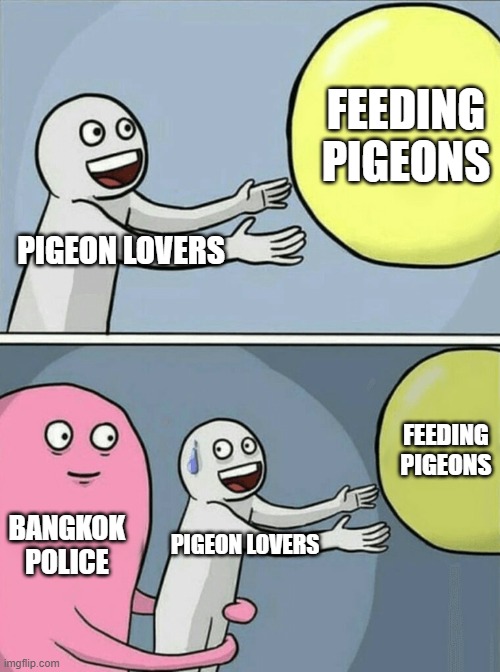
Also Read: Why Do Pigeons Bob Their Heads When They Walk?
A Final Word
For centuries, pigeons have been the companions of humans. Initially, they served as a good source of protein in the form of squab. For some, they were cute cuddly flying pets. In fact, we even built dedicated homes (dovecotes) for them! But with rapid urbanization and the human population gradually concentrating in cities, our relationship with pigeons seems to have changed.
Many of us now see them as pests, proliferating in our cities, often beyond control. In the US, the pigeon is one of the few birds that doesn’t come under federal protection. In fact, there’s an entire industry dedicated to their removal. Whether or not you support this industry, one thing you must surely appreciate about pigeons is their incredible ability to adapt and navigate through complex city environments, even if it does mean the occasional dropping on a car windshield!
How well do you understand the article above!

References (click to expand)
- Ramsay, J., Tepper, Y., Weinstein-Evron, M., Aharonovich, S., Liphschitz, N., Marom, N., & Bar-Oz, G. (2016, October). For the birds — An environmental archaeological analysis of Byzantine pigeon towers at Shivta (Negev Desert, Israel). Journal of Archaeological Science: Reports. Elsevier BV.
- Hagstrum, J. T. (2000, April 1). Infrasound and the avian navigational map. Journal of Experimental Biology. The Company of Biologists.
- DDT and Birds. Stanford University
- Jail birds: Thailand considers prison for feeding pigeons. Reuters
- In Bryant Park, Hawks Are Circling and the Pigeons Are Nervous. The New York Times
